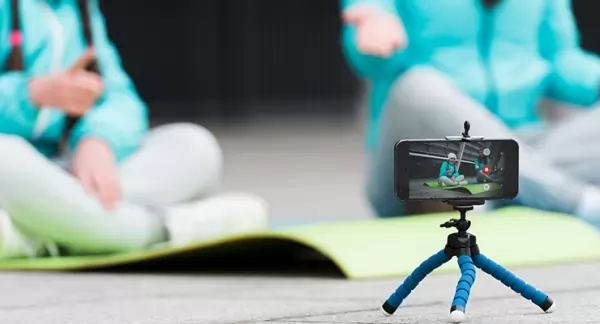5 ways to use film creatively in lessons

There is a lot of debate in the teaching profession at all stages of education about the advantages and disadvantages of using film in class. However, on the whole, most professionals would agree that when used right, it can be an effective tool.
At the heart of using film – which here encompasses movies, documentaries, moving images and, well, anything posted on channels like YouTube and Vimeo – successfully is creativity.
There are certainly times where pressing play and letting students watch a film for an hour or so is the most effective approach, one that fulfils objectives and engages students, but that is just the start. Endless possibilities are achievable – you just have to be open to it.
This guide outlines how to be more inventive in the classroom when it comes to film. When properly utilised, anything can be possible. Film has, after all, the ability to provoke, inspire, confound and intrigue swiftly.
Create the right environment
A lot of teachers lose time and interest by struggling to connect various devices to the right wires and even when everything is hooked up, chances are something will go wrong. There will be no sound or the clip will have been lost and, what do you know, the DVD has been left home.
So, plan ahead and ensure that when it comes to pressing play, everything is in place. Invest in surround sound, consider a projector to ramp up the visuals and dim the lights. The right environment can transform the viewing experience significantly, and, it is worth noting, the "the wrong environment" can make it just as unpleasant.
Stop and start
This is applicable to videos that are long but warrant being watched in full. Find ideal "pause moments" to break up the activity. While the piece may be interesting, holding the attention span of your students is always a challenge. As such, stop and start, with each break being filled by a Q&A session or activity related to the film.
Get interactive
The sophistication and accessibility of video-making software - a lot of it free - is providing more people than ever before, young and old, with a richer vocabulary and expertise of how to shoot films.
Use this to your advantage. Take a poll to find out what apps/programmes your pupils use and then figure out a way of making the most out of it. For example, Vine is hugely popular, free and easily shareable. Make sure any films shot are in compliance with your safeguarding policies.
Set up a film club
While video is ubiquitous and one of the dominant forms of communication and culture in the 21st century, cultivating a real interest in the medium adds the kind of depth that is otherwise impossible unless your students are already aficionados.
Depending on what it is you're doing or what subject you're teaching, you ideally want all your students to benefit from extra-curricular activities of this ilk, otherwise you may create certain imbalances.
Think outside the box
You don't have to experience film within the confines of a classroom – take it further and explore other venues and spaces in which videos can be shown or broadcast. It's about thinking beyond the box.
For example, consider hiring out a local cinema or showing films outside. Utilise portable technology and create an experience that is fluid across multiple devices. You want students to feel inspired by film, not distracted by it.






